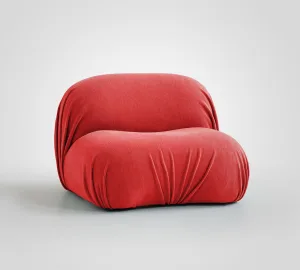Mirrors are more than just functional items for checking your reflection; they can transform your living space, adding depth, brightness, and a touch of sophistication.
When strategically placed, mirrors can influence the mood and perception of a room, making it seem larger and more inviting.
In this guide, we’ll explore some expert tips and creative ideas that will help you incorporate mirrors into your home design effectively.
The Power of Mirrors
Mirrors can reflect light and create an illusion of depth, making a room appear brighter and more spacious. They can also frame a view or draw attention to a certain area in your home.
By using mirrors in your interior design, you can enhance the overall aesthetic appeal of your space while creating an inviting and functional atmosphere. This is where you can really get creative and have fun with different shapes, sizes, and styles of mirrors.
Choosing the Right Size and Shape
When selecting mirrors for your home, consider the size and shape carefully. A large mirror can make a statement and create a focal point in a room, while smaller mirrors can be grouped to add interest.
The shape of the mirror can also make a difference; round or oval mirrors can soften the edges of a room, while square or rectangular shapes add structure and balance.
Additionally, consider the scale of your furniture and decor when choosing the size and shape of your mirrors to ensure they complement each other.
Placement Matters
Where you place your mirrors is crucial for achieving the desired effect in your home design.
Strategically placed mirrors can reflect natural light from windows or artificial light sources, making a room feel more open and airy. They can also frame artwork, highlight architectural details, or create a sense of continuity between rooms.
If you need more help with where to put mirrors to achieve a certain look, we suggest you talk to professionals such as Gatsby Glass in Boca Raton. They know what mirrors look the best in each room, making the entire project of using mirrors for interior design a breeze. You can check them out here.
Adding Visual Interest with Hanging Mirrors
Hanging mirrors on a wall can add visual interest and break up a plain surface. Consider mixing and matching different sizes, shapes, and frames for an eclectic look or creating a structured pattern with identical mirrors.
You can also experiment with unique hanging methods, such as using ropes or chains for a more rustic feel.
Mirrors as Decorative Accents
In addition to their functional purposes, mirrors can also be used as decorative accents in your home design. Consider incorporating them into gallery walls or displaying them on shelves and mantels for a touch of elegance.
You can also use mirrored furniture, such as coffee tables or dressers, to add a luxurious and reflective element to your space.
Maximizing Natural Light in Dark Rooms with Wall Mirrors
If you have a room with limited natural light, using mirrors on the walls can help maximize the available light.
By reflecting the existing light, mirrors can brighten dark corners and make a room feel more spacious. This technique is especially useful in small rooms or those without windows.
Avoiding Overuse
While mirrors are undoubtedly versatile and beneficial in home design, using them in moderation is essential. Overusing mirrors can create a sense of clutter and overwhelm a space, so we should always strive to strike a balance.
Consider incorporating other decorative elements, such as artwork or plants, to offset the reflective surfaces.
Conclusion
In conclusion, incorporating mirrors into your home design can have a significant impact on the overall look and feel of your space.
By choosing the right size and shape, strategic placement, and complementary decor, you can use mirrors to enhance your home’s aesthetic appeal and functionality.
Be creative and have fun experimenting with different styles and arrangements to find what works best for your personal taste and home design vision.





